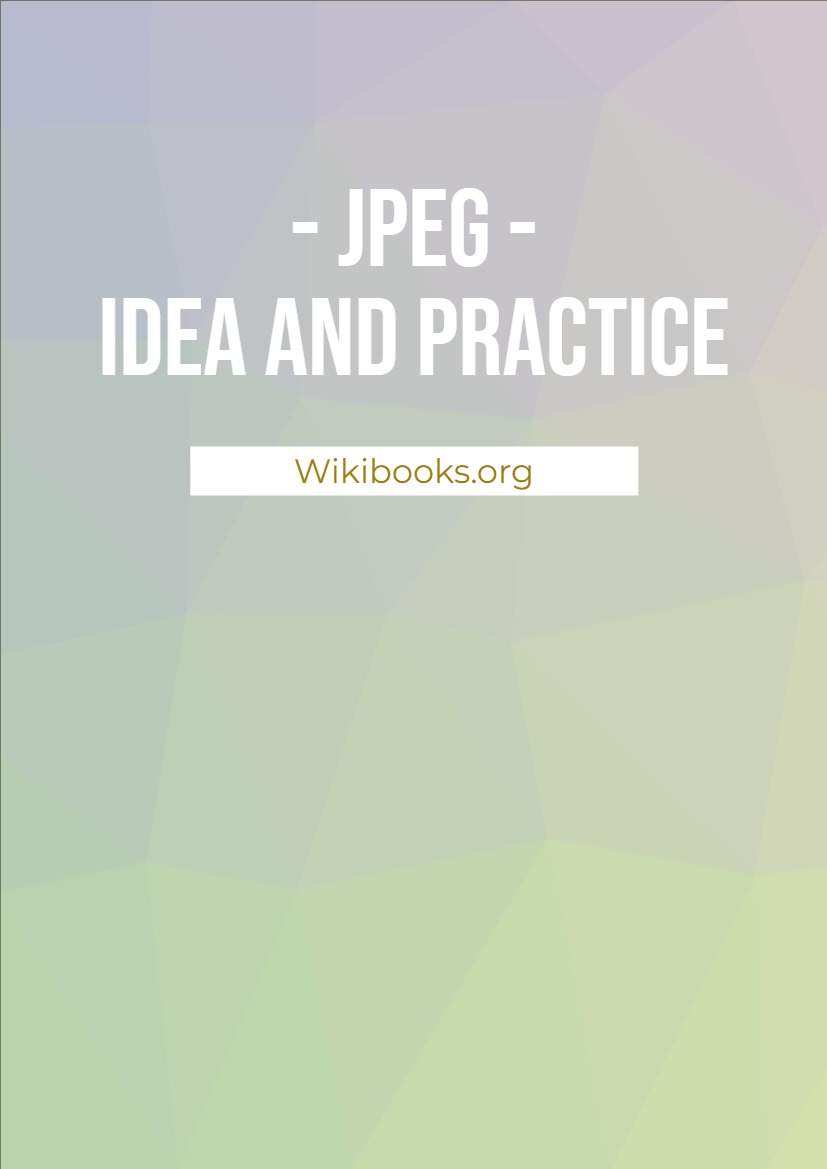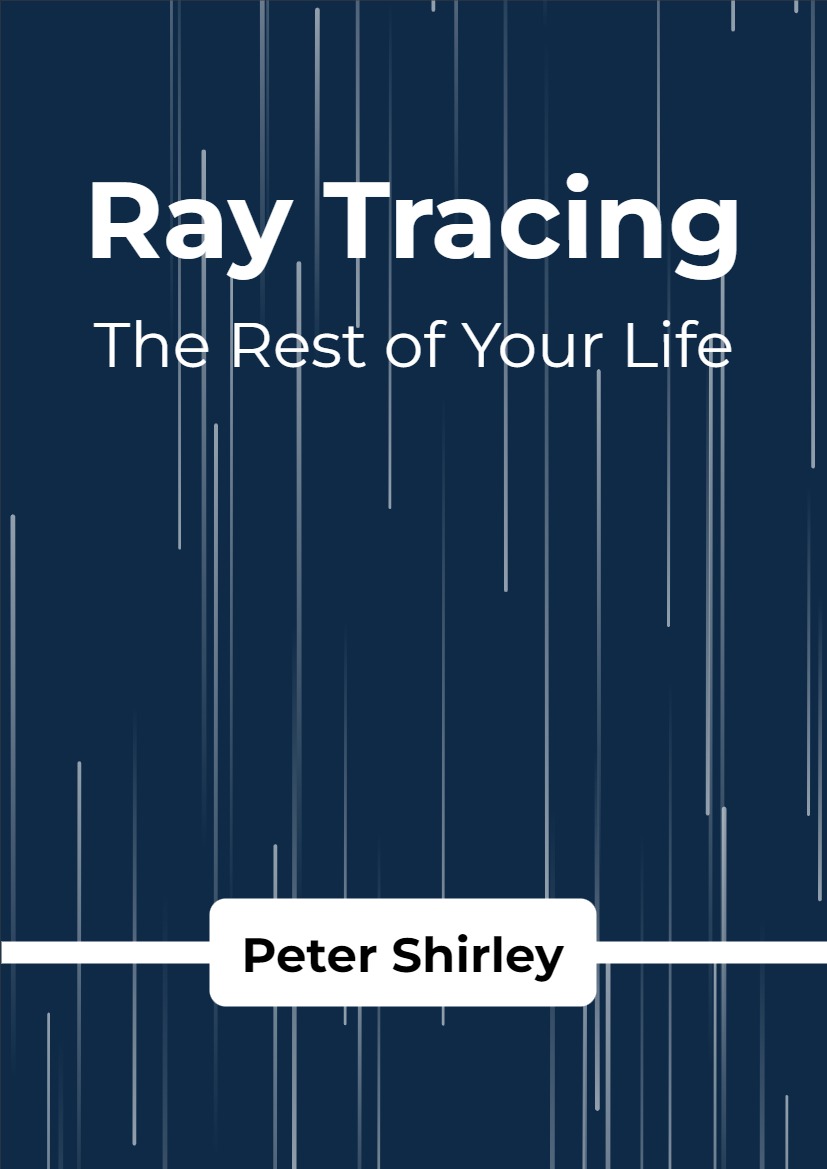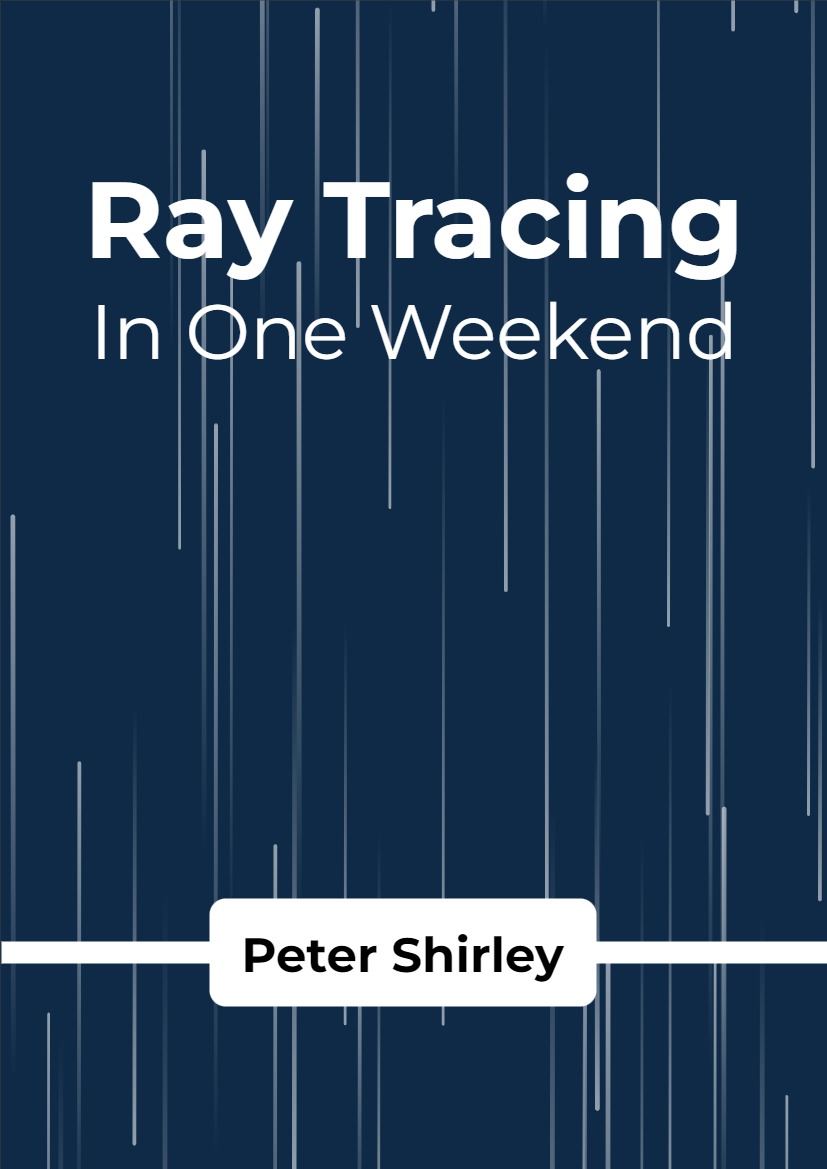1 Foreword
When the era of digital pictures began, a serious problem arose:
- A digital picture took up a great deal of storage space.
At that time computer memory was more expensive than it is now. The memory requirements were a very significant problem. Moreover, the electronic transmission of data was slow. A method had to be found by which the data could be compressed. The compression method could lose some information. It could be acceptable to introduce small changes in colour values if the overall impression of the picture were preserved. Sadly the solution to this problem is not, as one might hope, a nice piece of mathematical work in the classical sense. It involves experiments with the ability of the human eye to discern colour nuances compared with light intensity. Strange tables appear in the procedure. The JPEG method was a result of collaboration. JPEG stands for “Joint Photographic Expert Group”. The expert group was organized in 1986 and in 1992 issued a standard for their new image file format, JPEG. Since that time this format has been the most commonly used format for storing and transmitting photos. The JPEG method is not difficult to understand. However, it is difficult to acquire knowledge about the method, mainly because it is not a fixed and final procedure but rather a principle. The number of articles that try to explain the method is immense. They often contain misunderstandings strongly suggesting the author himself has not made, or closely studied, a program that can produce a file or draw the picture from a file. Hence this Wiki book.
1.1 Parts One and Two
This Wiki book is divided into two parts. Each is accompanied by programs. These are closely described and used to make illustrations and experiments.
- Part one explains the idea. We have altered the method a little so that it is easier to understand. Our alterations allow us to introduce variables in order to make interesting experiments. Our method is rather simple. Naturally, it does not compress as efficiently as the real JPEG method, but it is still surprisingly good. It can compress a file so that the data take up about 7 per cent of the original data of the picture. When you have read part one, you will have a good understanding of the principle of the JPEG method. If it was merely this you were looking for, you will not become very much wiser by reading part two.
- Part two is based on two articles:
- 1. The official document (from 1992) where the method is described in full and recommended as international standard;
- 2. The document (also from 1992) specifying the standard for the implementation of the method which has become the most commonly used – almost all JPEG pictures you will meet are in accordance with this implementation.
We explain all the things necessary for making a program that can produce efficiently compressed JPEG files. We provide a program that can draw the pictures of the most commonly used JPEG file types. We have also made a program that can show all the most relevant information in the header part of a JPEG file. Some experience with this program can help you to understand the arrangement of a JPEG file. You can use this information (copy it or use it as guidelines), if you want to make your own JPEG compressor – for instance as a component of a program that can make computer graphics.
1.2 About the Pictures
All the pictures in this book were made with the program in part two – also those in part one, since the files made with the demonstration program are not true JPEG files.






